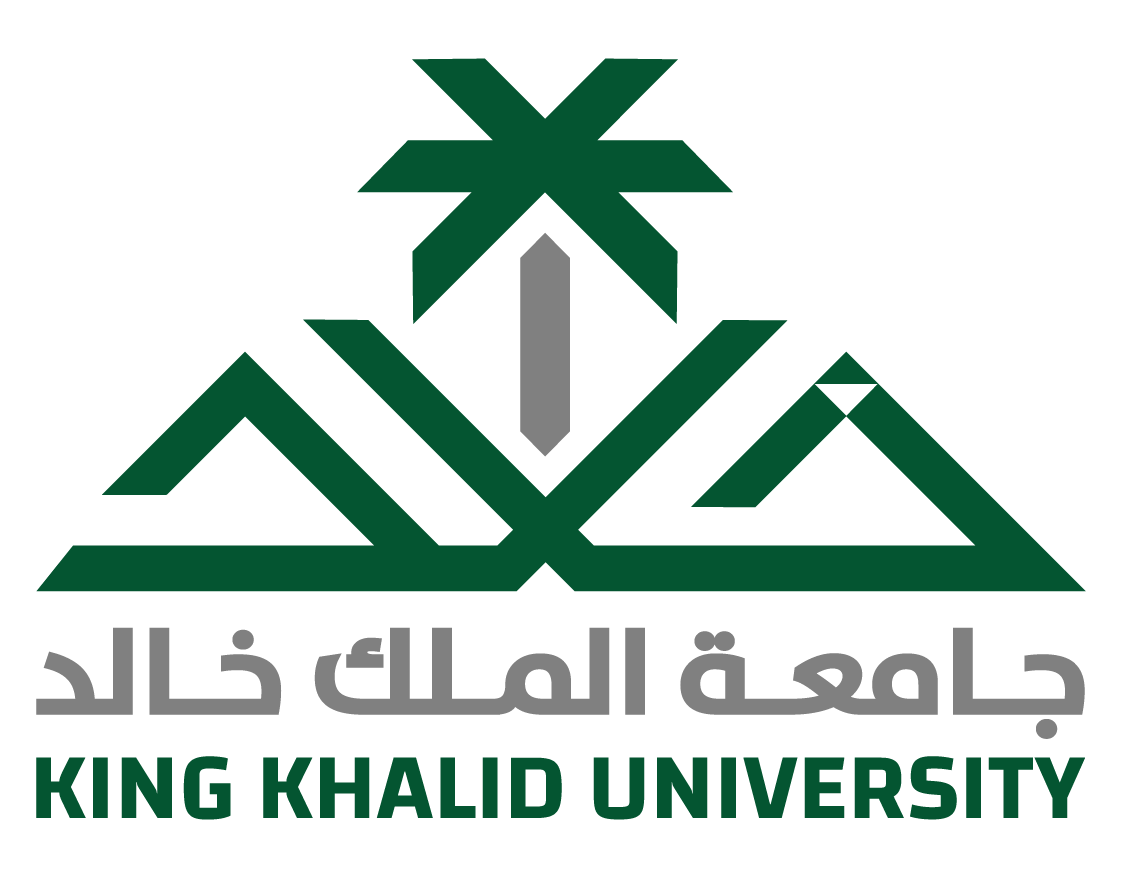Abstract
Abstract: This study is deemed to be a contribution to language-in-education-planning in Saudi Arabia. It examined the teaching of English and the medium of instruction in some Saudi primary schools and placed it within a wider frame of language planning. It focused on acquisition planning specifically on the issue of medium of instruction. English medium education was viewed in the study as one way of acquiring English, which would consequently be used to acquire scholastic knowledge. The study focused on the third branch of language planning, i.e. acquisition planning. Acquisition planning seeks to urge targets to acquire a specific language. Scholars have agreed upon the fact that the most effective means to achieve such a goal is via employing the medium of instruction. Hence, education, schools and universities form an interesting domain for acquisition planning. The medium of instruction has a direct impact on the pupil's ability to comprehend the subject matter and consequently on their school achievement. It affects the learning process. If the language used is at the pupil's commend, the learning process will be enhanced. But, if the pupils do not have the language at their commands, the learning process will be hindered. In the context of the present study, Arabic is the L1 of Saudi pupils. Using Arabic to be the MOI in the elementary school is the choice that public and most private schools take. However, the debate about using English as a MOI to teach math and science has only recently occurred. The use of English as a medium of instruction is proposed as a solution that will help graduate school students to pursue their higher education later in English medium branches. In the present context, recent educational reforms in Saudi Arabia have evoked many issues. One of which is the medium of instruction in schools. The present study investigated the effect of using English as a medium of instruction to teach math on scholastic achievement in some primary schools in Saudi Arabia. Another aim was to find out the factors that affect the feasibility of using English as a medium of instruction in primary education. The study tried to answer the basic question of whether L2 could be a feasible medium of instruction to teach math in primary school. Both quantitative and qualitative methods were applied. In the discussion of the results, the study sought insights from the conceptions of Cooper's model of acquisition planning and Paulston's model of language planning and language learning theory. To collect the needed data, the researcher designed two instruments; achievement tests for the pupils and attitudinal questionnaire for their teachers. A pilot study was conducted to verify the validity and reliability of these instruments. Questionnaires were administered to 99 teachers working in schools in Jeddah in Saudi Arabia. They are of two groups; 42 teachers in the English medium schools, represented by 14 international schools and 57 teachers in the Arabic medium schools, represented by 14 private schools. These questionnaires focused on the teacher's attitude towards English medium education and its impact on scholastic achievement. To examine the effect of the medium of instruction on pupils' achievement in mathematics in primary schools, achievement tests were administered to 600 Saudi female pupils in a number of primary schools in Jeddah. They are of two main groups; 300 pupils enrolled in Arabic medium schools, represented by 14 private schools and 300 pupils in English medium schools, represented by 14 international schools. Furthermore, this effect is traced on from grade one to grade five. SPSS software was used to analyze the results. Chi² is used to analyze the questionnaires, and ANCOVA test and Eta² to analyze the achievement tests. It was found that 70% of the teachers believe that Saudi pupils confront difficulty in math when explained in English. In teachers' opinions, although pupils have the opportunity and incentive to learn English, language is not acquired well and this, inevitably, affect their scholastic achievement. Moreover, pupils are burden under the heavy load of memorizing a vast amount of alien words to the extent that their attention is deviated away from understanding and analyzing important scientific concepts. Results reveal that teachers think that English can only be an effective medium of instruction if learners possess a high proficiency in the English language. Hence, in the present study they believe that learners need to resort to their L1 to ensure comprehensibility. The results of the achievement test of the Arabic medium students on the ANCOVA test showed that there was a significant difference on the statistical level among the post-tests of grades1, 2, 4 and 5 (p=,00). There was also a practical difference on Eta² (,48) which is little higher than the average level on Eta² which is (,03). Considering the results of the Paired Sample T-Test, it was found that the achievement level of Arabic medium students differed significantly across grades1, 2, 4 and 5, however, this difference toke a positive direction. On the other hand, the

